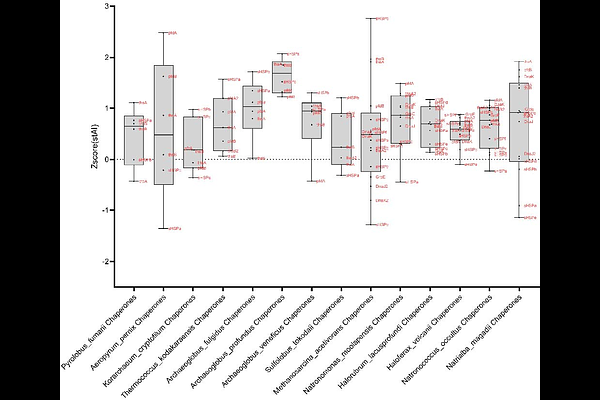On adaptation to a mesophilic environment and the chaperone network in Archaea

On adaptation to a mesophilic environment and the chaperone network in Archaea
Rebeaud, M. E.
AbstractA prevailing hypothesis for the emergence of life on Earth holds that it might have originated in hydrothermal vents, where the environmental conditions, although physically and chemically extreme (acidity, lack of oxygen, high pressure, very high temperature), vary very little. According to this view, single-celled organisms appeared under these conditions subsequently began to colonize all aquatic environments, followed by terrestrial ones. Here, I study the proteomes of more than 250 reference proteomes of archaea as well as those of a few non-reference Promethearchaeati (ASGARD), which have an optimal growth temperature of between 10{degrees}C and 100{degrees}C. I found a correlation between the chaperome present in these organisms, and in particular the presence/absence of the HSP70 family (DnaK-DnaJ-GrpE, KJE for brevity) and the optimal growth temperature. These findings suggest that appearance of HSP70s in mesophilic living conditions was the key to greater adaptability of the organisms, to their ability to colonize different environments and, ultimately, led to the appearance of eukaryotes.